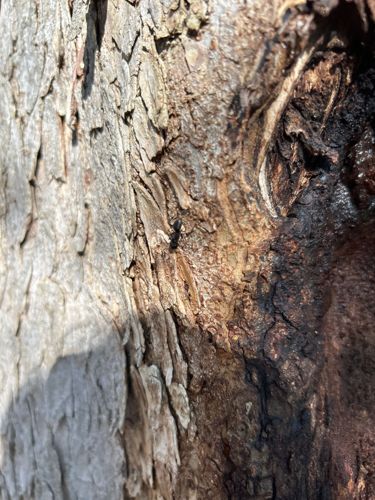Ant
Scientific Name: Formicidae
Order & Family: Hymenoptera, Formicidae
Size: Typically 2 mm to 25 mm (0.08 to 1 inch) depending on the species.

Natural Habitat
Highly adaptable, found in diverse terrestrial habitats worldwide, including forests, grasslands, deserts, and urban areas. Often found nesting in soil, wood, or under rocks.
Diet & Feeding
Omnivorous; diet varies greatly by species. Many consume nectar, seeds, fungi, other insects (both living and dead), and honeydew excreted by aphids. Some are strict predators or scavengers.
Behavior Patterns
Highly social insects living in colonies ranging from a few dozen to millions. Exhibit complex social structures with a queen, workers, and sometimes soldiers. Communicate using pheromones. Participate in foraging, nest building, and caring for young. Life cycle includes egg, larva, pupa, and adult stages.
Risks & Benefits
Benefits: Important ecosystem engineers, aerating soil, pollinating plants, and controlling pest populations. Risks: Some species can sting and bite, causing pain or allergic reactions. Can become pests when infesting homes or gardens, contaminating food, or damaging structures like wood.
Identified on: 11/8/2025